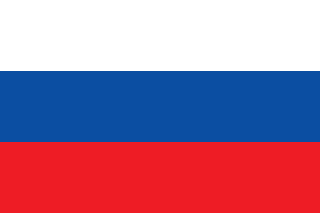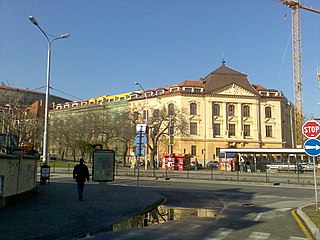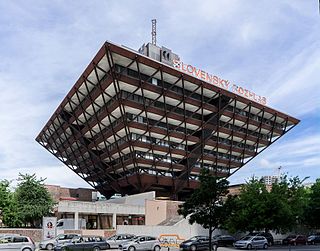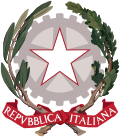
Nógrád is a county of Hungary. It sits on the northern edge of Hungary and borders Slovakia.

The Slovak Socialist Republic was a republic within the Czechoslovak Socialist Republic from 1969 to 1990, when the previously unitary Czechoslovak state changed into a federation. The name was used from 1 January 1969 until November 1989. The Slovak Republic was, from 1990 to 1992, a republic within the Czech and Slovak Federative Republic, that is now the independent Slovakia.

Tehelné pole or National football stadium is a multi-use stadium in Bratislava, Slovakia. It was completed in 2019 and is used for football matches, including the home matches of ŠK Slovan Bratislava and the Slovakia national football team. This project concerns mutual assistance between well-known Slovak entrepreneur Ivan Kmotrík as the owner of ŠK Slovan Bratislava and the Government of Slovakia. The stadium has a capacity of 22,500 spectators, and replaced the old Tehelné pole stadium, which was demolished in summer 2013.

The Slovak Philharmonic or Slovak State Philharmonic is a Slovak symphony orchestra based in Bratislava. Founded in 1949, the orchestra has resided since the 1950s in the Baroque era Reduta Bratislava concert hall constructed in 1773.

The Academy of Performing Arts in Bratislava is a university founded on June 9, 1949.

Kecerovce is a village and municipality in Košice-okolie District in the Kosice Region of eastern Slovakia.

Štadión Humenné is a multi-use stadium in Humenné, Slovakia. It is currently used mostly for football matches and is the home ground of FK Humenné. The stadium was built in 1974 and its capacity was 10,000 people.

Čižatice is a village and municipality in Košice-okolie District in the Košice Region of eastern Slovakia.

Slovenský rozhlas or SRo was a state-owned nationwide public-service radio broadcaster in Slovakia. It was headquartered in Bratislava in a building shaped like an inverted pyramid, which currently serves as STVR radio's headquarters.

The Slovak National Gallery is a network of galleries in Slovakia. It has its headquarters in Bratislava.

Rusovce Mansion or Rusovce manor house is a mansion located in the Rusovce borough, part of Bratislava, capital of Slovakia. The mansion was built on the site of an older manor house from the 16th century, with a medieval structure incorporated into the following buildings.

The Trinitarian Church or Trinity Church, full name Church of Saint John of Matha and Saint Felix of Valois, is a Baroque-style church in Bratislava's Old Town borough, on the Župné námestie square.

Radio and Television of Slovakia, or RTVS, was a nationwide public broadcasting, state-funded organisation in Slovakia.

The Faculty of Political Science and International Relations at Matej Bel University, is the international relations school of Matej Bel University. FPVMV offers bachelor's degrees in International Relations and Political Science and, master's degrees in International relations, Security studies, and Political science and also grants doctoral degrees in International Relations, and Political Science. It conducts research in subjects relating to international affairs, security and government. The faculty is recognized as one of the leading international relations teaching and research institutes in Central Europe.

The Embassy of the United Kingdom in Paris is the chief diplomatic mission of the United Kingdom in France. It is located on one of the most famous streets in France, rue du Faubourg Saint-Honoré in the 8th arrondissement of Paris. The current British Ambassador to France is Menna Rawlings. The embassy also represents the British Overseas Territories in France.

Tehelné pole was a neighborhood in Bratislava, Slovakia, characterized by the presence of several sports facilities. Administratively, the neighborhood belongs to Nové Mesto borough, situated around 5 km north-east of the centre. The German and Hungarian names for this locality are Ziegelfeld and Téglamező.

Ivan Korčok is a Slovak politician and retired diplomat who was Minister of Foreign and European Affairs of Slovakia from 2020 to 2022 as an independent nominee of the Freedom and Solidarity political party.

Relations between Czechoslovakia and the United States refer to two periods in Czechoslovakia's history. The first being the establishment of Czechoslovakia after its declaration of independence in 1918 from Austria-Hungary initiated by President Woodrow Wilson as part of his Fourteen Points following World War I. The second period being the communist era from 1948 when relations were strained, until 1992 when Czechoslovakia split forming the independent nations of the Czech Republic and Slovakia as a result of the 1989 Velvet Revolution.

















